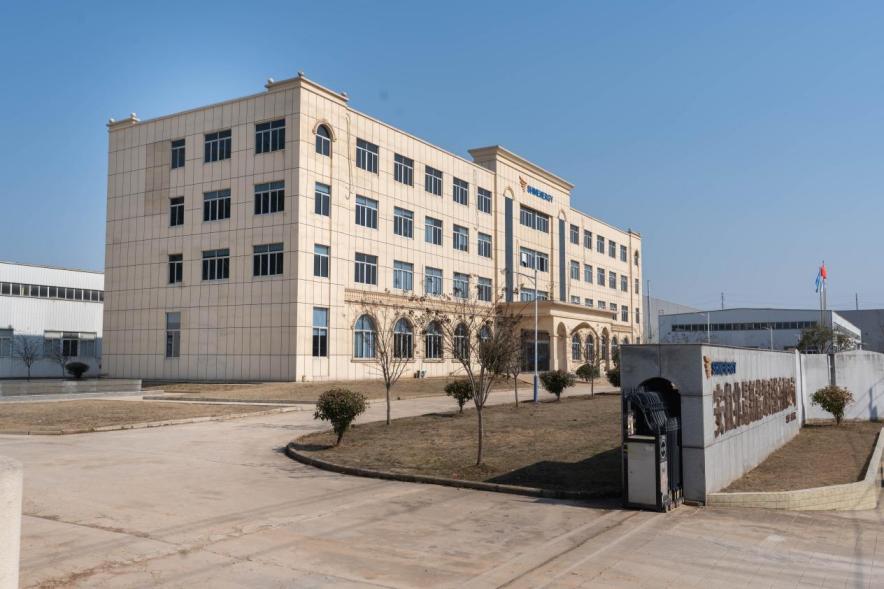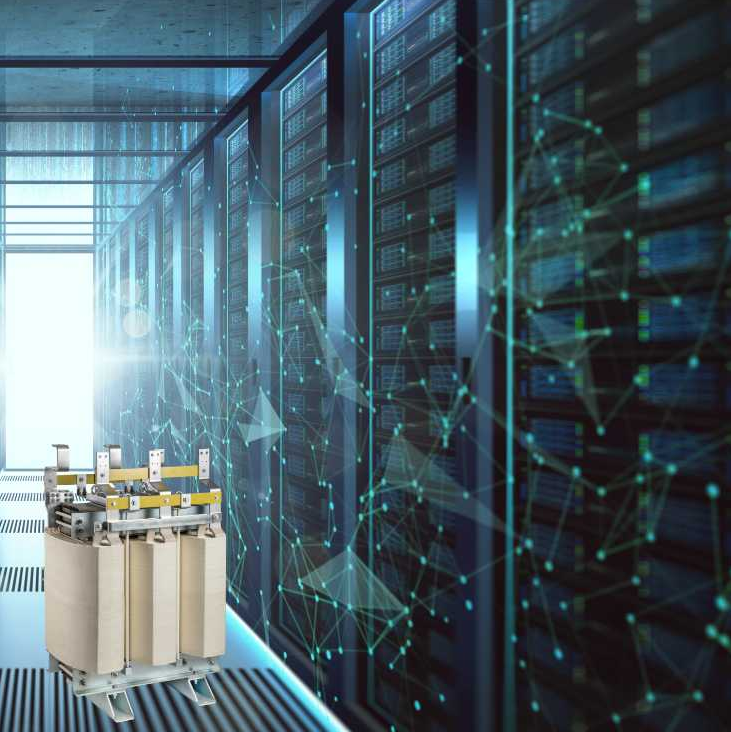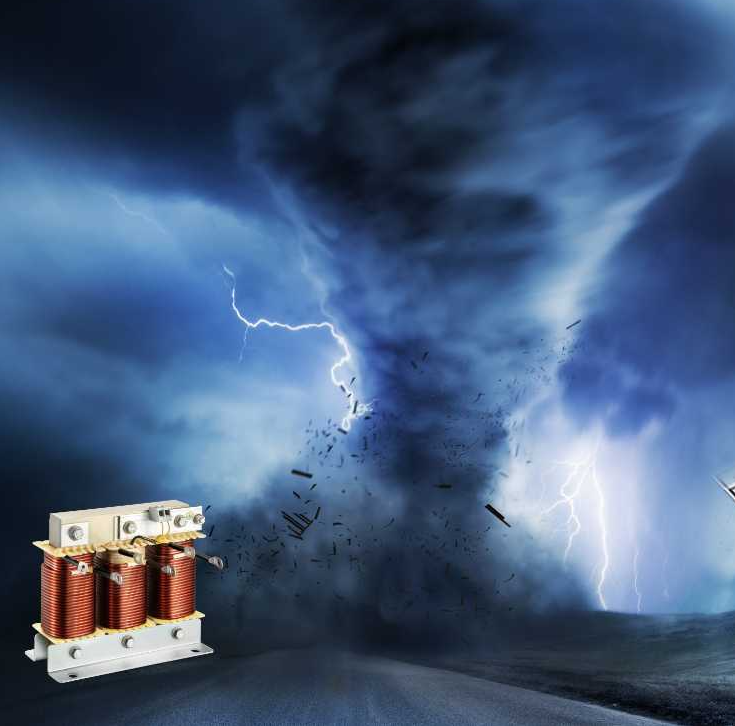In the dynamic landscape of renewable energy, the integration of advanced technologies plays a pivotal role in enhancing efficiency and reliability. Among these technologies, transformers and inductors stand out as essential components in renewable energy systems.
Understanding Transformers and Inductors
1. Definition and Functionality
Transformers and inductors are passive electrical components that play vital roles in the conversion, transmission, and regulation of electrical energy. Transformers are devices that transfer electrical energy between two or more circuits through electromagnetic induction, primarily used for voltage transformation. On the other hand, inductors store energy in a magnetic field when current flows through them, resisting changes in current, and are crucial for smoothing out voltage fluctuations.
2. Importance in Renewable Energy Systems
In renewable energy systems, transformers and inductors facilitate the integration of variable energy sources such as wind and solar into the grid. They enable efficient power transmission, voltage regulation, and power quality improvement, thus ensuring the stability and reliability of renewable energy generation.
Transformers and Inductors in Wind Turbine Generators
1. Role in Wind Turbine Generators
In wind turbine generators, transformers are utilized to step up the voltage generated by the turbines for efficient transmission through power lines. This step-up in voltage reduces transmission losses and enables long-distance power delivery. Inductors play a crucial role in smoothing out voltage fluctuations caused by wind speed variations, ensuring consistent power output.
2. Design Considerations
When designing transformers and inductors for wind energy applications, factors such as temperature variation, mechanical stress, and efficiency are paramount. Shinenergy focuses on developing robust and efficient components capable of withstanding harsh environmental conditions while maintaining optimal performance.
3. Importance of Efficiency and Reliability
Efficiency and reliability are of utmost importance in wind turbine systems to maximize energy production and minimize downtime. Shinenergy’s transformers and inductors are engineered to meet stringent performance standards, ensuring high efficiency and reliability throughout the lifespan of wind turbines.
Solar Power Systems: Harnessing Energy with Transformers and Inductors
1. Introduction to Solar Power Systems
Solar power systems harness energy from sunlight and convert it into electricity using photovoltaic cells. In these systems, transformers play a crucial role in converting the DC output of solar panels into AC power suitable for grid integration. Inductors are employed in Maximum Power Point Tracking (MPPT) algorithms to optimize the efficiency of solar inverters.
2. Challenges and Opportunities
Designing transformers and inductors for solar applications poses unique challenges, including high voltage fluctuations and temperature variations. Shinenergy addresses these challenges through innovative design approaches and advanced materials, ensuring optimal performance and reliability in solar power systems.

3. Innovative Developments
Shinenergy continually invests in research and development to advance transformer and inductor technology for solar applications. Recent innovations include high-efficiency transformers with reduced losses and compact designs, as well as inductors optimized for MPPT algorithms to maximize energy harvest from solar panels.
Hydroelectric Power: Optimizing Efficiency with Transformers and Inductors
1. Overview of Hydroelectric Power Generation
Hydroelectric power generation harnesses the energy of flowing water to produce electricity. It is a renewable energy source that accounts for a significant portion of global electricity generation. Hydroelectric power plants are typically built near rivers or dams, where water flow can be controlled to generate electricity.
2. Transformers in Hydroelectric Power Plants
Transformers play a crucial role in hydroelectric power plants by stepping up the voltage generated by the turbines. This step-up in voltage is essential for efficient transmission of electricity over long distances. By increasing the voltage, transformers minimize transmission losses and enable the electricity to be transmitted to distant consumers.
3. Inductors for Current Regulation and Power Quality Improvement
Inductors are used in hydroelectric power systems to regulate the flow of electricity and improve power quality. They help in controlling the current flow, ensuring smooth and stable operation of the power plant. Additionally, inductors mitigate voltage fluctuations and harmonics, thereby enhancing the overall reliability and efficiency of the hydroelectric system.
4. Challenges in Transformer and Inductor Design for Hydroelectric Applications
Designing transformers and inductors for hydroelectric applications poses unique challenges due to the harsh operating conditions and high power demands. These components need to withstand high levels of moisture, temperature variations, and mechanical stresses. Moreover, they must be designed to handle large currents and voltages encountered in hydroelectric power generation.

5. Case Studies of Successful Implementations
Shinenergy has been at the forefront of providing transformers and inductors for hydroelectric projects worldwide. One notable example is the Shinenergy transformers installed in the Three Gorges Dam, the world’s largest hydroelectric power station in China. These transformers have demonstrated exceptional reliability and efficiency, contributing to the success of the project in meeting the region’s energy needs.
Transformers and Inductors in Biomass Energy Conversion Systems
1. Introduction to Biomass Energy
Biomass energy is derived from organic materials such as agricultural residues, wood pellets, and municipal solid waste. It is converted into electricity through various processes, including combustion, gasification, and anaerobic digestion. Biomass energy is considered renewable as the organic materials used in its production can be replenished.
2. Utilization of Transformers in Biomass Power Plants
Transformers are essential components in biomass power plants for voltage regulation and distribution. They step up the voltage produced by generators to facilitate efficient transmission over long distances. Additionally, transformers ensure that the electricity generated from biomass sources is compatible with the grid’s voltage requirements.
3. Role of Inductors in Controlling Electricity Flow
Inductors play a crucial role in controlling the flow of electricity in biomass generators. They help regulate the current flow, minimizing power losses, and optimizing the efficiency of the biomass energy conversion process. Inductors also assist in stabilizing the power output, ensuring consistent and reliable electricity generation.
4. Requirements and Challenges in Transformer and Inductor Design
Designing transformers and inductors for biomass energy systems requires careful consideration of the unique characteristics of biomass power generation. These components must be robust enough to withstand the corrosive and abrasive nature of biomass fuels. Moreover, they need to be designed for high efficiency and reliability to maximize the overall performance of the biomass power plant.
5. Advancements in Transformer and Inductor Technology
Shinenergy is actively involved in advancing transformer and inductor technology for biomass energy applications. Recent developments include the integration of advanced materials and innovative design techniques to improve efficiency and reliability. Shinenergy’s transformers and inductors are designed to meet the specific requirements of biomass power plants, contributing to the growth of renewable energy generation from biomass sources.
Geothermal Energy Systems: Leveraging Transformers and Inductors for Sustainable Power
1. Definition of Geothermal Energy
Geothermal energy is heat energy derived from the Earth’s interior. It is harnessed through geothermal power plants that utilize steam or hot water from underground reservoirs to generate electricity. Geothermal energy is considered a sustainable and reliable source of electricity with minimal environmental impact.

2. Utilization of Transformers in Geothermal Power Plants
Transformers are integral components in geothermal power plants for voltage transformation and distribution. They step up the voltage of electricity generated by turbines to facilitate efficient transmission to the grid. Additionally, transformers ensure that the electricity produced from geothermal sources meets the grid’s voltage requirements for reliable distribution.
3. Role of Inductors in Optimizing Power Factor
Inductors play a crucial role in optimizing the power factor and minimizing losses in geothermal energy systems. They help in improving the efficiency of the power plant by reducing reactive power and harmonics. Inductors also assist in stabilizing the voltage and current output, ensuring consistent and reliable electricity generation from geothermal sources.
4. Design Considerations for Transformers and Inductors
Designing transformers and inductors for geothermal applications requires careful consideration of the high temperatures and harsh environments encountered in geothermal power plants. These components must be able to withstand extreme temperatures and corrosive conditions while maintaining optimal performance and reliability.
Conclusion
Transformers and inductors are integral components in renewable energy systems, facilitating efficient energy conversion, transmission, and regulation. In wind turbine generators and solar power systems, these components play critical roles in maximizing energy output and grid integration. With its focus on innovation and reliability, Shinenergy continues to drive advancements in transformer and inductor technology, contributing to the widespread adoption of renewable energy worldwide.

